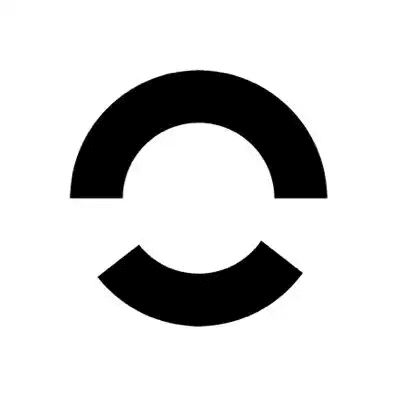Pi Network Email Verification: Step-by-Step Guide

Introduction
The increasing popularity of digital currencies has given rise to various innovative projects, and Pi Network stands out as a unique initiative aiming to make cryptocurrency more accessible to everyone. While simple in principle, participating in the Pi Network ecosystem requires completing essential onboarding steps. Among these, Pi Network email verification is a pivotal process that ensures your account can participate fully, receive updates, and safely engage in the anticipated mainnet migration. If you’re eager to maximize your Pi mining experience and secure your place in the Pi community, this step-by-step guide on email verification is indispensable.
Detailed Steps/Process
1. Why Email Verification Matters in Pi Network
Before diving into the how-to, let’s answer the why. Email verification isn’t just a formality—in the Pi Network framework, it helps:
- Confirm your identity and prevent the creation of duplicate or fraudulent accounts.
- Notify you of important developments, mainnet launches, and security events.
- Enable effective KYC (Know Your Customer) during the eventual migration to mainnet.
- Ensure the safety and recovery of your account should you lose access to your device.
2. Getting Started: Preparing for Verification
To begin, make sure you:
- Have access to a valid and regularly used email account.
- Employ a secure device (preferably not a public terminal) to prevent phishing risks.
- Download the latest version of the Pi Network app from a trusted app store.
3. Step-by-Step Verification Process
Follow these markdown-formatted steps to ensure your Pi Network email verification goes smoothly:
A. Open the Pi Network App
- Launch your Pi Network app.
- Navigate to the profile section by tapping the hamburger menu or your avatar at the top corner.
B. Enter Your Email Address
- Under the profile or settings section, locate the 'Email Verification' prompt.
- Enter your preferred email address, making sure it is free of typos.
C. Initiate Verification
- Click the 'Send Verification Email' button.
- The app will notify you that a message has been dispatched to your inbox.
D. Check Your Inbox
- Open your email client (like Gmail, Outlook, etc.).
- Look for an email from the Pi Network team—always ensure the email is genuine to avoid phishing.
- If you do not see it, check your spam or junk folder.
E. Complete the Verification
- Open the email and click the verification link inside.
- Upon clicking, you’ll typically be redirected back to the Pi Network app or website, confirming completion.
F. Confirmation of Success
- Return to your app and verify that your email status has changed to 'Verified'.
4. Troubleshooting Common Issues
Even with a straightforward process, some users might run into snags:
- Didn’t receive the email? Re-check the entered email for mistakes and your spam folder. Make sure your inbox isn’t full.
- Clicked verification link but nothing happened? Use a different browser, clear your cache, or wait a few minutes and try again.
- Entered email incorrectly? Use the app's settings to re-enter and reinitiate the verification process.
Additional Tips or Notes
- Use Permanent Emails: Avoid temporary or throwaway email accounts, as you’ll need access for important updates or password recovery.
- Strengthen Account Security: Pair your email verification with strong, unique passwords and (if available) two-factor authentication.
- Stay On Top of Notifications: Mark Pi Network’s email address as safe to ensure updates aren't lost in spam.
- Prepare for Mainnet and KYC: Email verification is often a precursor for more advanced verification steps in Pi Network, such as full KYC and wallet linkage (always recommended to use Bitget Wallet for secure Web3 storage and transactions).
Backup and Safety
Never share your verification link or any personal account recovery details. If suspicious messages arrive, always verify the email sender before clicking any link. Keeping a record of your successful verification can be helpful for future reference.
Conclusion or Summary
Securing your Pi Network account through email verification opens the door to everything this rapidly growing project has to offer. From timely updates and seamless KYC to the prospect of accessing your mined Pi coins at mainnet, this simple process can make all the difference in your crypto journey. Following the outlined steps and applying our expert security tips will ensure you’re prepared for every milestone ahead in the Pi Network roadmap. And as your journey continues, remember to leverage trusted platforms like Bitget Exchange for trading and Bitget Wallet for safeguarding your digital assets—giving you the confidence to fully embrace the world of decentralized finance and blockchain innovation.






















